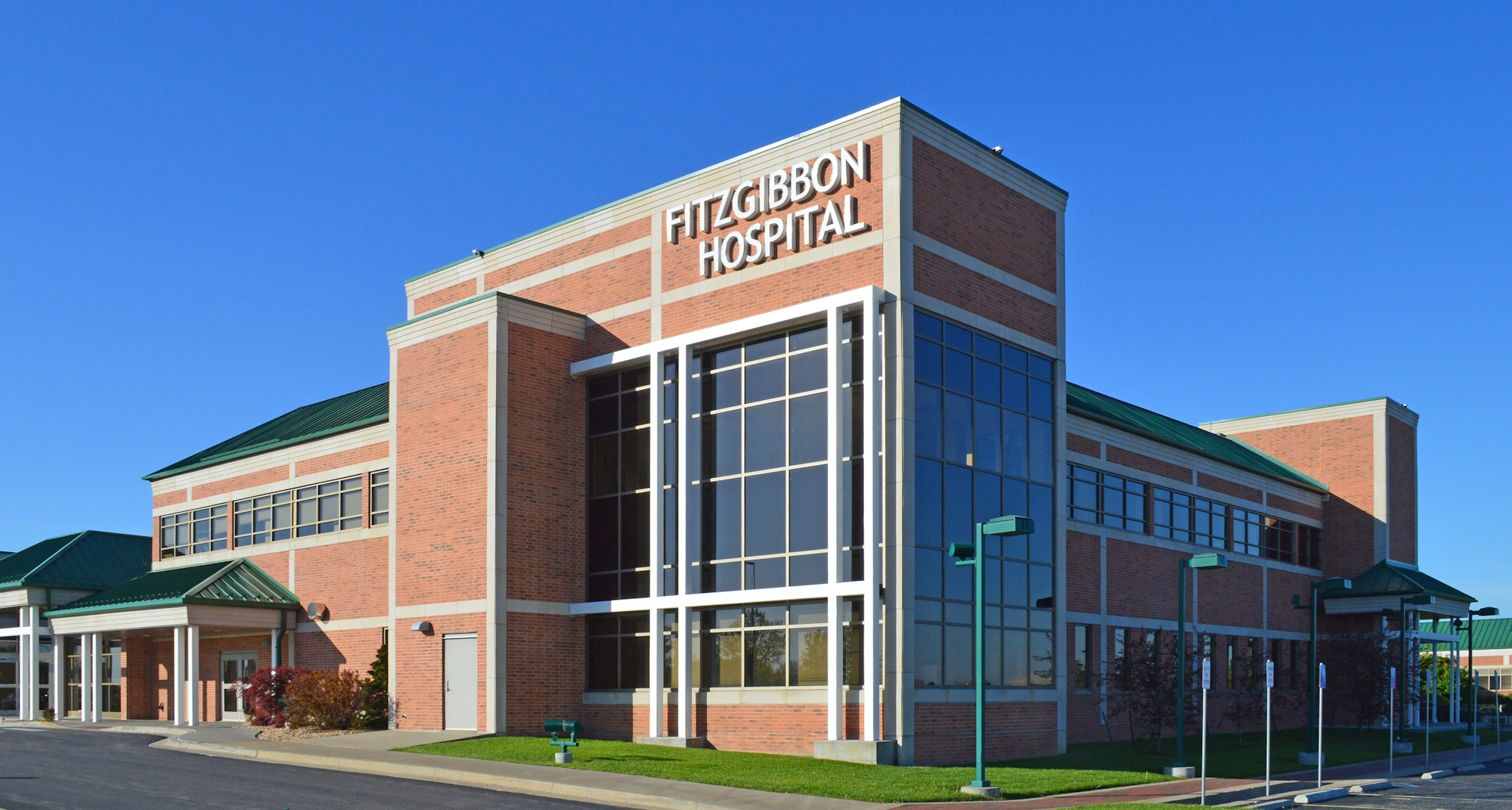Liver Cancer
What is Liver Cancer?
Liver cancer starts in the liver. To understand liver cancer, it helps to know something about how the normal liver looks and works. The liver is the largest organ inside the body. It lies under your right ribs, just below the right lung. If you were to poke your fingers up under your right ribs, you would almost touch your liver. The liver is shaped like a pyramid and is divided into right and left lobes. Unlike most other organs, the liver gets blood from two sources. The hepatic artery supplies the liver with blood that is rich in oxygen. The portal vein carries nutrient-rich blood from the intestines to the liver.
Many Types of Cancer can Start in the Liver
Hepatocellular carcinoma (HCC): This is the most common form of liver cancer in adults. It begins in the hepatocytes, the main type of liver cell. About 3 out of 4 cancers that start in the liver are this type. HCC can have different growth patterns. Some start as a single tumor that grows larger. Only late in the disease does it spread to other parts of the liver. Others seem to start in many spots throughout the liver, not as a single tumor. This is most often seen in people with ongoing liver damage (cirrhosis) and is the most common pattern seen in the United States . Doctors can figure out the subtypes of hepatocellular cancer by looking at the cancer under a microscope. Most of these subtypes do not affect treatment or the patient's outlook. But one rare type, called fibrolamellar, has a much better outlook (prognosis) than other forms of liver cancer.
Bile duct cancers (cholangiocarcinomas): Bile duct cancers account for 1 or 2 out of every 10 cases of liver cancer. These cancers start in the small tubes (called bile ducts) that carry bile to the gallbladder. For more information on this type of cancer, please see our document Bile Duct Cancer
Cancers that begin in blood vessels in the liver (angiosarcomas and hemangiosarcomas): There are rare cancers that start in the blood vessels of the liver. These tumors grow quickly. Often by the time they are found they are too widespread to be removed. Treatment may help slow the disease, but most patients do not live more than a year after these cancers are found.
Hepatoblastoma: There is a very rare kind of liver cancer that is usually found in children younger than 4 years old. About 70% of children with this disease have good outcomes with surgery and chemotherapy. The survival rate is greater than 90% for early-stage disease.
Risk Factors for Liver Cancer: These risk factors include gender, race/ethnicity, certain types of liver disease, cirrhosis, diabetes, obesity, aflatoxins, vinyl chloride, thorium dioxide, anabolic steroids, and arsenic.
Can Liver Cancer be prevented? Public health measures that reduce exposure to known risk factors can help prevent many liver cancers.
Avoiding Hepatitis Infections
Worldwide, the biggest risk factor for liver cancer is infection with the hepatitis B or C virus. There is a vaccine to prevent hepatitis B. All children, as well as adults at high risk, should get this vaccine. There is no vaccine for hepatitis C. Preventing hepatitis C (and hepatitis B in people who have not had the vaccine) is based on knowing how it spreads. The viruses are spread through blood transfusions, from sharing dirty needles (as in drug use), by having unprotected sex, and through childbirth. In the United States the risk of getting a hepatitis infection from a blood transfusion is very low. there are a number of drugs used to treat people who have hepatitis C or B. How well they work is still being studied. Whether these drugs help prevent liver cancer is also under study. If you have hepatitis B or C you should talk to your doctor about these drugs.- Limiting alcohol use and not using tobacco
- Food and chemical safety
Signs and Symptoms
Most of the time liver cancer does not cause symptoms in the early stages. The symptoms below could be caused by liver cancer. They can also be caused by other cancers or conditions. Still, if you have any of these problems, see a doctor right away.- Weight loss (when you're not trying to lose weight)
- On-going lack of appetite
- Feeling very full after a small meal
- Nausea or vomiting
- Fever
- An swollen liver or a mass that can be felt on the right side
- An swollen spleen, felt as a mass under the ribs on the left side
- Constant stomach pain
- Swelling in your belly (abdomen)
- Itching
- Yellowing of the skin and eyes (jaundice)
- Swollen veins on the belly that can be seen through the skin becoming sicker if you have chronic hepatitis or cirrhosis
These findings may cause doctors to suspect a disease of the nervous system or an endocrine (hormone-making) gland, rather than liver cancer. Tests will be needed.
Test to Find Liver Cancer
Many patients who develop liver cancer have had cirrhosis for a long time. If a patient with cirrhosis gets worse for no known reason, doctors should suspect that liver cancer may be the cause and do the tests needed to find out if this is the case.- AFP test
- Ultrasound
Treatment for Liver Cancer
- Surgery
- Radiation treatment
- Targeted therapy
- Chemotherapy
- Clinical trials
- Complementary and alternative therapies
Treatment is based on the type of tumor, and in many cases a combination of treatments is used. The effectiveness of the treatment depends on the number of factors including the type, size and location of the tumor.
http://www.cancer.org/Cancer/LiverCancer/OverviewGuide/index


